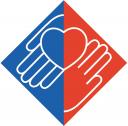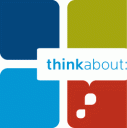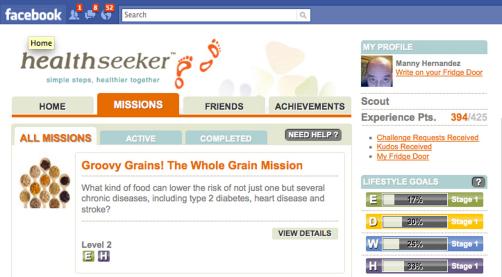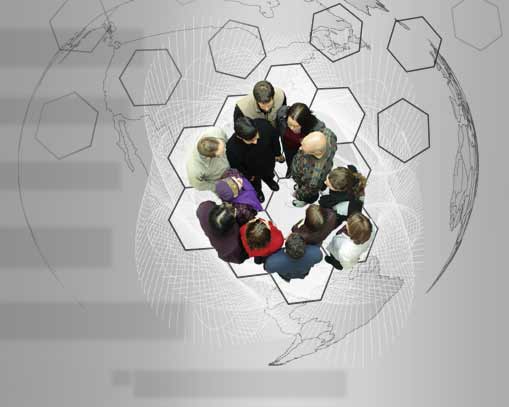Future Holds More Emotional Punch than Past
Saturday, October 30th, 2010 Thinking about the future is a very emotional experience at least according to Eugene Caruso, a behavioral scientist at the Center for Decision Research at the University of Chicago. More specifically, in a new paper Dr. Caruso reported on experiments that suggest contemplating future events evokes far stronger emotional responses than reflecting on related past events. For example, thinking about potential future insults as compared to past transgressions or contemplating giving to charity in the future versus a donation given in the past.
Thinking about the future is a very emotional experience at least according to Eugene Caruso, a behavioral scientist at the Center for Decision Research at the University of Chicago. More specifically, in a new paper Dr. Caruso reported on experiments that suggest contemplating future events evokes far stronger emotional responses than reflecting on related past events. For example, thinking about potential future insults as compared to past transgressions or contemplating giving to charity in the future versus a donation given in the past.
The work is summarized nicely in EurekaAlerts:
“Why then is the future more evocative than the past? In general, people respond to future situations with heightened emotions as a way to prepare themselves for action, Caruso said. Thus, even though they do not actually have control over something that is about to happen — as the study’s experiments show — this “overlearned” response to the future persists.
Moreover, people seem to be good at rationalizing and making sense of emotional experiences. Once these events have passed, they become ordinary and the emotions associated with them less extreme.”
This is an important finding for cognitive designers. Retro designs are used to trigger reminiscing and the emotions of the past. Perhaps there is more mental energy to be found in what-if designs that trigger futurizing and emotions yet to come.









